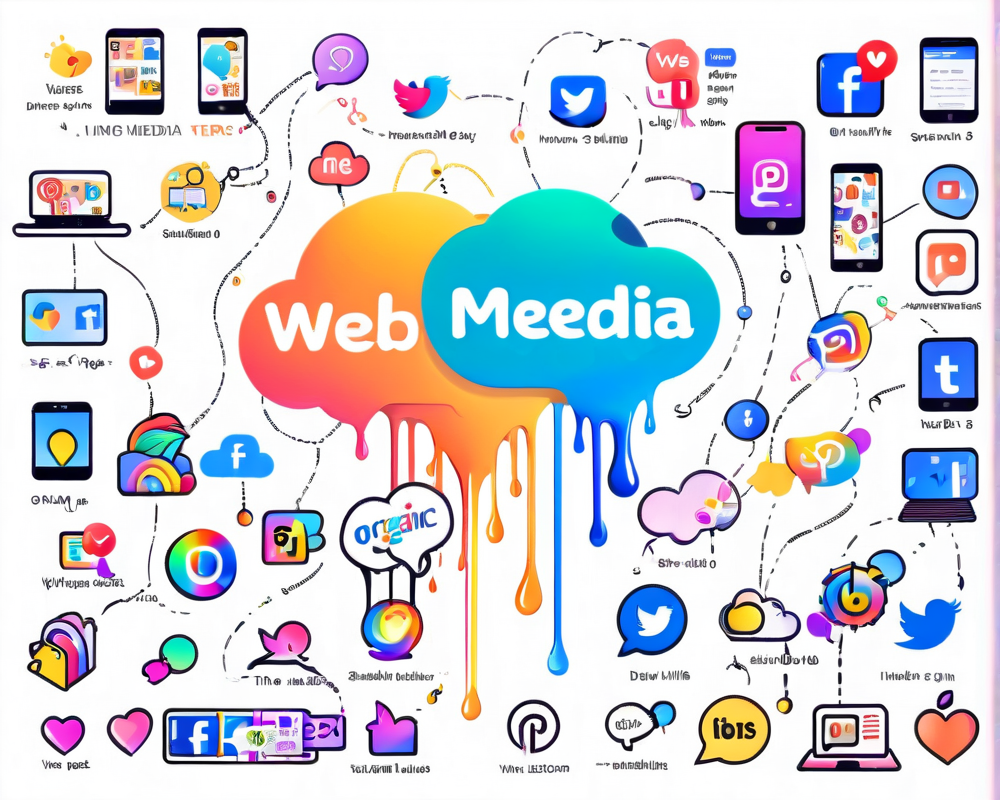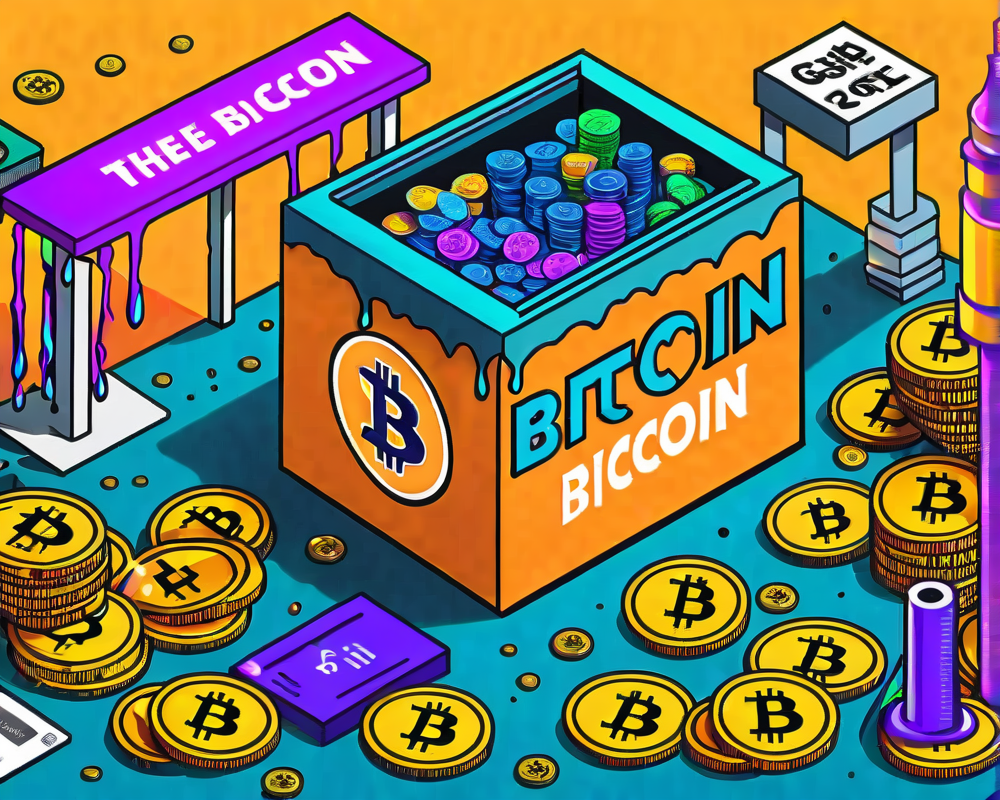Decentralizing Connections: The Rise of Web3
In the world of social media, terms like “decentralized” and “Web3” are becoming buzzwords, especially in events like KryptoSeoul’s Buidl Asia conference in South Korea. At this event, we caught up with Makoto Inoue, an Ethereum Name Service (ENS) developer, to explore the fascinating transition from Web2 to Web3 and how things are likely to change — or not change — in the social media landscape.
Blockchain: The Transparent Social Graph
According to Inoue, Web3 has an innate social and distributed nature. “Everything is transparent since it is built on blockchain,” he explained. Imagine a social graph where relationships are laid bare and logically connected; that’s the vision of Web3. The transparency of blockchain makes it a compelling social tool, enabling connections without gatekeepers.
The Role of ENS
Inoue illustrated the role of ENS like a good neighborhood watch — only way less nosy. It allows for human-readable addresses, creating an identity trail that is easier to navigate. “It’s your kind of identity. We are making this history of identity more visible,” he said. Think of it as a digital ID that you won’t misplace — well, unless you forget your private key!
No Gatekeepers Allowed
What’s truly revolutionary about Web3 is the absence of gatekeepers. In a world where Twitter and Reddit have started charging developers for API access, Inoue argues that decentralized platforms won’t follow suit. “No entity can stand in the way of users,” he emphasized, highlighting the permissionless nature of Web3. Users can freely build and create without fear of losing access to their hard work and community.
An Invitation to Enhance, Not Erase
When posited with the question of whether Web3 social media will replace Web2, Inoue offered a refreshing perspective. He sees Web3 as a way to enhance existing platforms rather than completely usurp them. Picture it as putting a fresh coat of paint on your grandma’s old, but loved, dining room table. “Web3 technology can enhance what is already there on the Web1 and Web2 rather than replacing it,” he explained. After all, no one wants to lose their Twitter followers overnight, right?
All Aboard the Metaverse Express
The conversation inevitably steered towards the metaverse—an area that’s ruffling feathers (and wallets) these days. Inoue noted that the hype around AI might overshadow discussions about metaverse applications in social media. “Before the metaverse went mainstream, AI took over,” he remarked, highlighting the escalating priorities of tech giants. Remember when Facebook rebranded to Meta? It seems even they are noticing the rocky road ahead as they recently reported losses in their metaverse ventures.
Bridging the Digital and Physical Worlds
Surprisingly, Inoue’s insights went beyond online social networks. He shared how physical identification cards could integrate with blockchain, allowing users to connect seamlessly during real-world events. Imagine effortlessly tapping cards to record meetings on the blockchain! It’s like a digital autograph that even your grandma would find cool!
Conclusion: The Quest for a Combined Future
So there you have it, folks! The future of social media lies not just in the digital domain, but in a harmonious blend of the virtual and physical worlds. With developers like Makoto Inoue pushing toward more integrated, transparent, and user-friendly systems, the world of Web3 social media appears quite promising.




